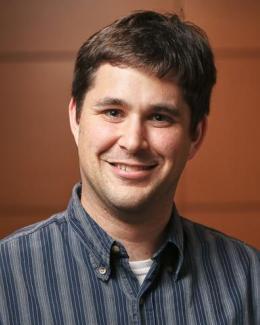Abstract
Carbon partitioning and flow through ecosystems regulates land surface –atmosphere CO2 exchange and thus is a key, albeit uncertain component of mechanistic models. The Partitioning in Trees and Soil (PiTS) experiment-model project tracked C partitioning through a young Pinus taeda stand following pulse-labeling with 13CO2 and two levels of shading. The field component of this project provided process-oriented data that was used to evaluate and improve terrestrial biosphere model simulations of rapid shifts in carbon partitioning and hydrological dynamics under varying environmental conditions. Here we tested the performance of the Community Land Model version 4 (CLM4) in capturing short-term carbon and water dynamics in relation to manipulative shading treatments, and the timing and magnitude of carbon fluxes through various compartments of the ecosystem. To constrain CLM4 to closely simulate pretreatment conditions, we calibrated select model parameters with the pretreatment observational data. Compared to CLM4 simulations with default parameters, CLM4 with calibrated model parameters was better able to simulate pretreatment vegetation carbon pools, light response curves, and other initial states and fluxes of carbon and water. Over a 3-week treatment period, the calibrated CLM4 generally reproduced the impacts of shading on average soil moisture at 15-95 cm depth, transpiration, relative change in stem carbon, and soil CO2 efflux rate, although some discrepancies in the estimation of magnitudes and temporal evolutions existed. CLM4, however, was not able to track the progression of the 13CO2 label from the atmosphere through foliage, phloem, roots or surface soil CO2 efflux, even when optimized model parameters were used. This model bias arises, in part, from the lack of a short-term non-structural carbohydrate storage pool and progressive timing of within-plant transport, thus indicating a need for future work to improve the allocation routines in CLM4. Overall, these types of detailed evaluations of CLM4, paired with intensive field manipulations, can help to identify model strengths and weaknesses, model uncertainties, and additional observations necessary for future model development.






